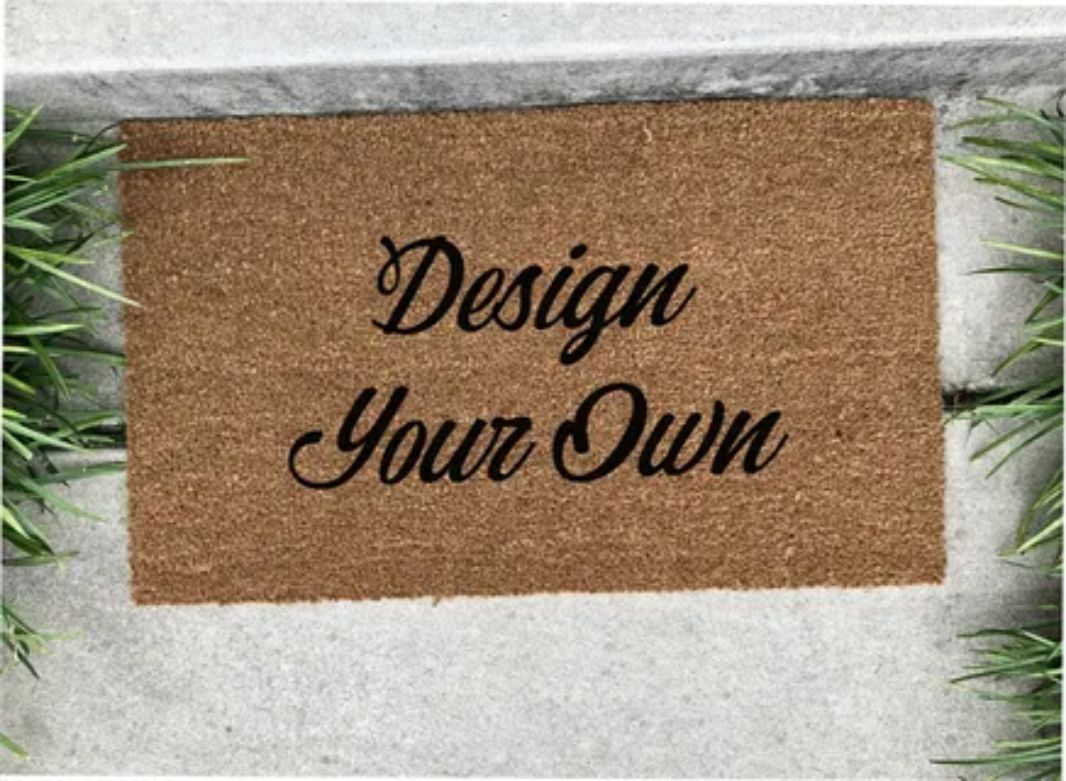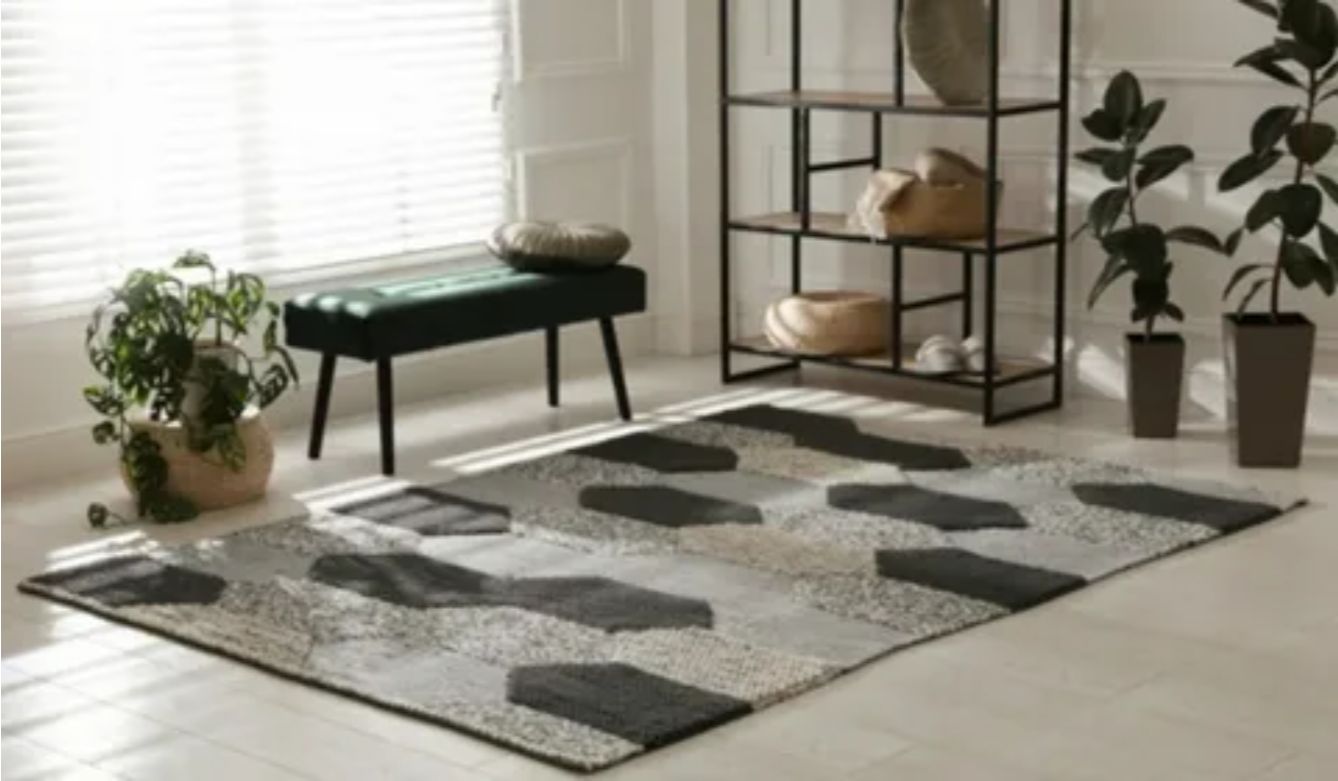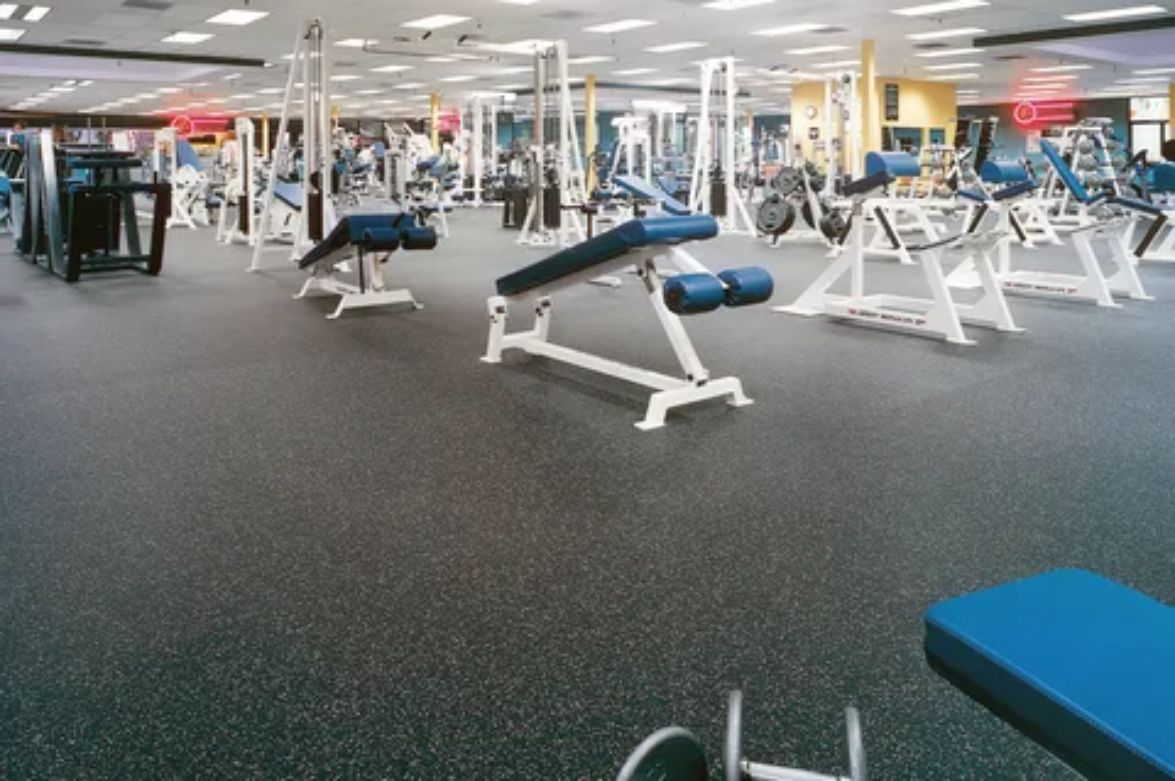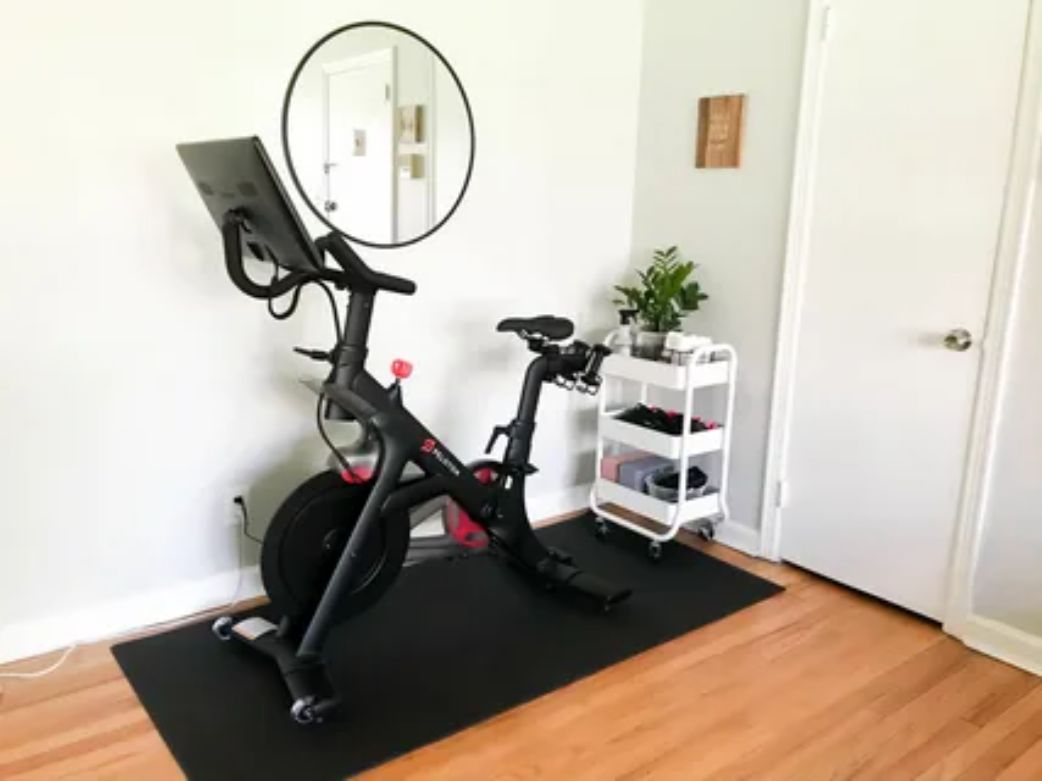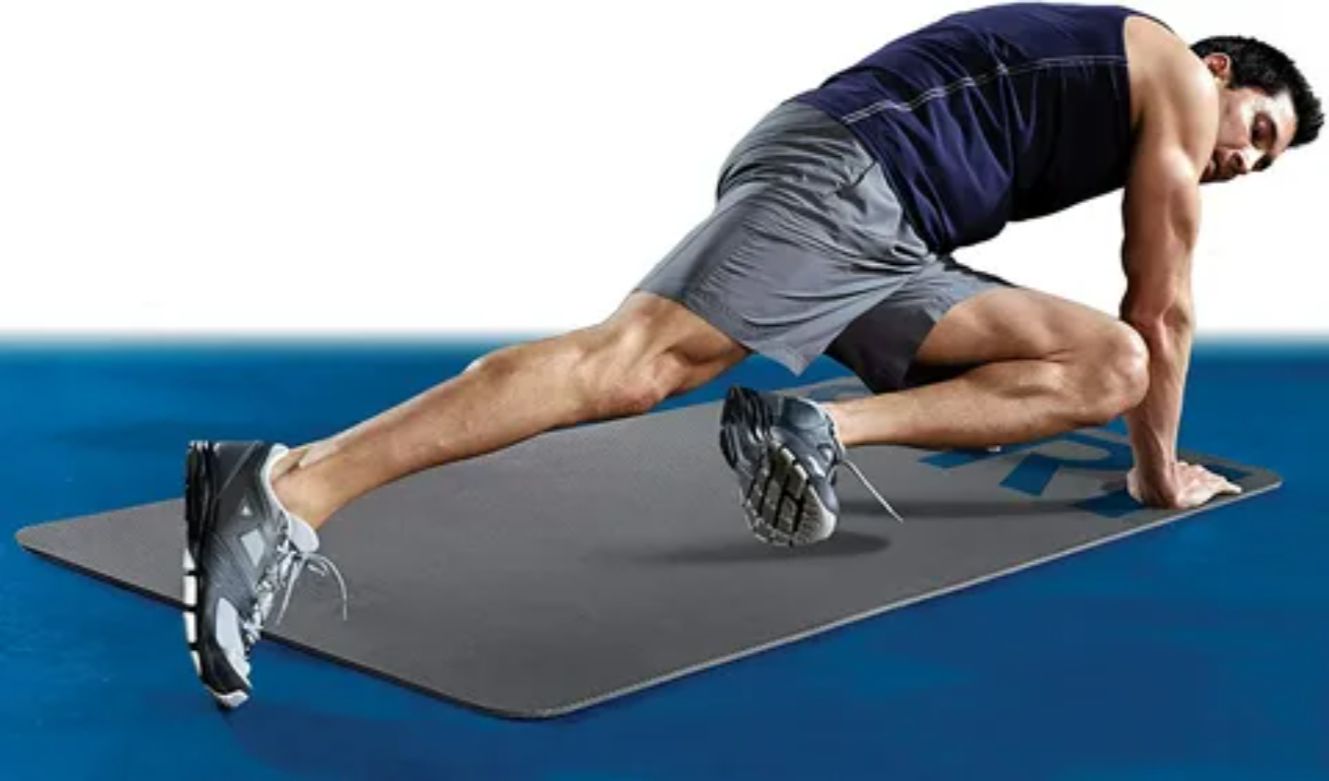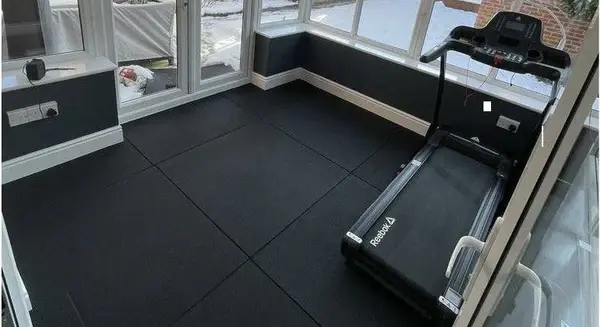Do you need a yoga mat, or Can You Perform Yoga on a carpet? This is one of the most asked questions by beginners. It is common for beginners to begin yoga at home, and the carpet appears to be an effortless solution. It’s already in place, comfortable, and does not add any additional expense. However, is it sufficient for yoga practice?
Positives of Doing Yoga on a Carpet
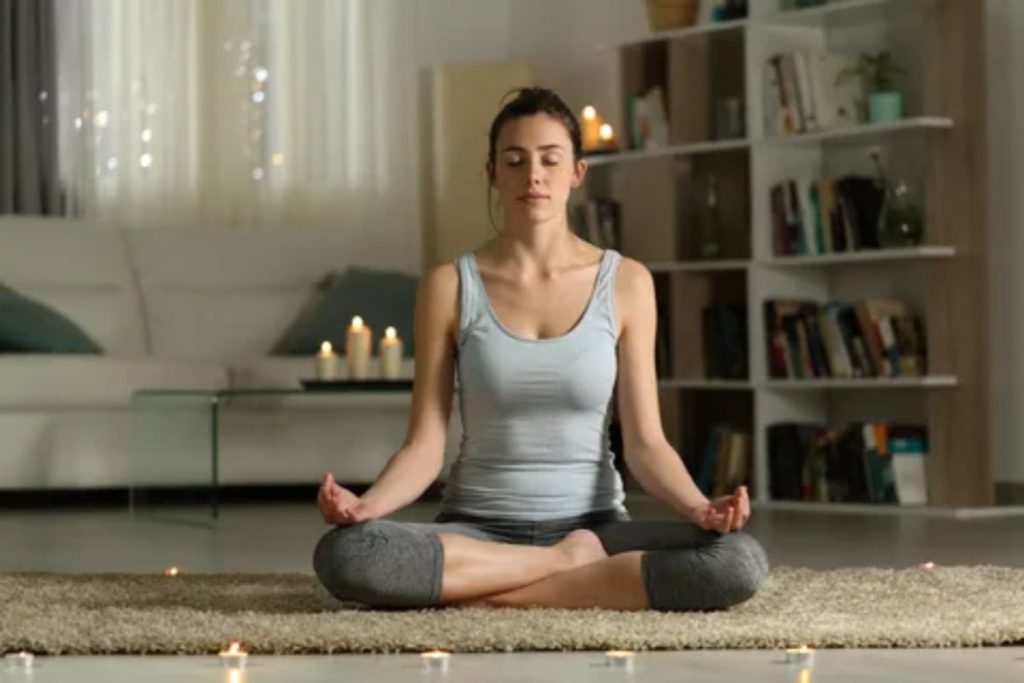
In this blog, we will discuss the pros and cons of doing yoga on a carpet. We will also provide helpful tips to enable you to make the right decision for your comfort, balance, and safety.
Extra Cushioning
The carpet will also naturally cushion more than a hard floor. Kneeling, sitting, and lying on it are all cushioned by the underlay and the fibres. This helps reduce stress on knees, hips, and elbows.
- For older & adults or those who are suffering from joint pain, cushioning offers a major advantage. It makes poses such as child’s pose, cat-cow, or seated meditation more bearable. Even when in shavasana, lying down, the carpet is less abrasive than bare wood or tile.
Comfort level does vary with the thickness of your carpet. Very thin carpets only provide gentle padding, while very plush ones are substantially softer. For gentle, restorative yoga, a carpet can be helpful. The cushioning effect of carpet is one of its greatest assets in short.
No Need for a Mat
Convenience is one of the key perks of carpet. You do not have to purchase a gym mat when you already have carpeted floors. This is a money saver, particularly for newbies who are just trying yoga for the first time.
Your carpet is your ready-made practice ground. You don’t have to roll out or store anything. If you want to stretch for a few minutes, your area is immediately at hand.
For those who do short sessions, carpet may suffice. It eliminates excuses such as “I don’t have a mat today.” You can practice anywhere in your house, whether it is in the bedroom, living room, or even hallway.
Of course, the quality of experience will also depend on the carpet type. A low-pile surface is more comfortable to work on, whereas a shag carpet feels unstable. Nevertheless, for everyday practice or newbie routines, mat avoidance can be a convenient alternative.
Less Slipping for Some Styles
Another advantage of carpet is stability in some postures. Thick fibers check abrupt slipping, notably in seated or kneeling positions. For instance, meditation, cross-legged sitting, or a child’s pose feels exceedingly solid on carpet.
If you practice slow yoga styles such as Yin or Restorative yoga, carpet might just be beneficial. The surface holds you in position with minimal possibility of sliding. This can be particularly helpful when you practice sans socks or mats.
Headstands and supported postures also become more secure when carpet cushions your head. The ground is softer, so you will feel more secure attempting these poses at home.
The carpet also prevents yoga mats from sliding around the room. If you lay a mat on top, it remains steady. This provides a two-way advantage: reduced slipping and increased comfort.
Obviously, in speedy yoga, too much grip can be encumbering. But for slow, earthy practice, carpet provides decent support.
Warmer Surface
Yoga on a carpet is warmer than on wood or tile. Cold floors are hard, particularly on winter mornings. This can jar the body and make it more difficult to relax.
The carpet, however, insulates. When you rest for shavasana or meditation, the floor feels warm and inviting. Your muscles remain relaxed rather than constricted from the cold.
Warmth also aids circulation and comfort through longer practice sessions. For pranayama or restful poses, warmth provides an additional layer of relaxation. Children, the elderly, or those particularly sensitive to cold might find carpet more appealing.
Morning yoga is particularly pleasant on carpet because it prevents the cold of hard floors. Even when rooms are air-conditioned, carpet provides natural insulation.
This heat can prompt more consistent practice at home. A surface that is comfortable under your body and feet can lead you to practice for longer periods. Thus, carpet provides comfort and consistency to your yoga practice.
Negatives of Doing Yoga on a Carpet
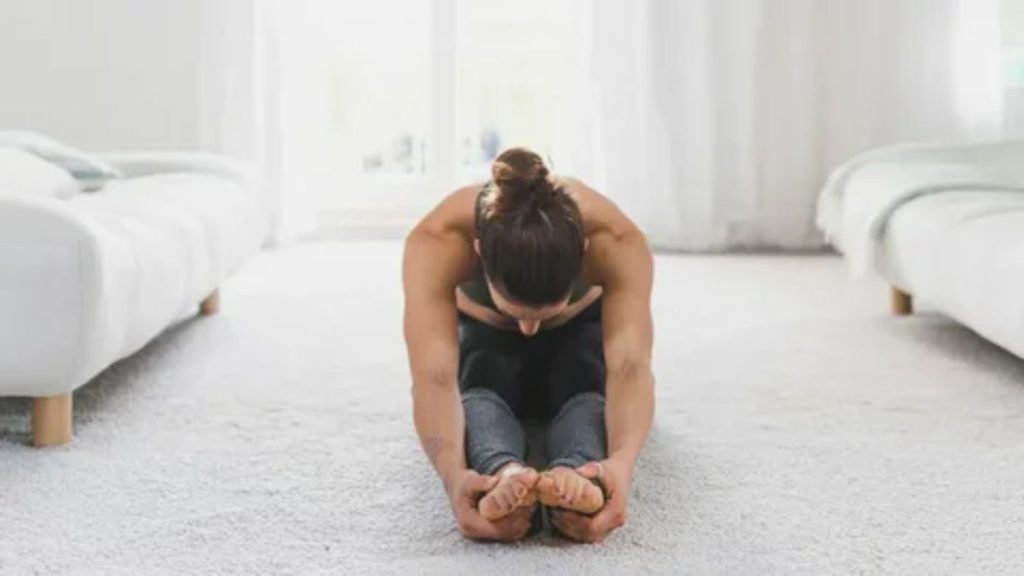
Balance Problems
Although the carpet is soft, being soft is the issue. Balancing on something uneven is more difficult than it is on a hard mat. Your ankles and feet sink into the fibers, which makes it difficult to remain stable.
Positions such as tree pose, warrior, or half-moon become unstable. This is infuriating for beginners who are just learning about stability. Even experienced practitioners will have trouble remaining aligned.
Practicing on carpet can also minimize the gains from balance training. Rather than developing strength and concentration, you feel trapped in perpetual wobble. Over time, confidence and progress are impacted.
If balance is a central aspect of your practice, carpet can stifle development. Employing a yoga mat atop carpet can be helpful, but softness beneath can still create instability.
So while cushioning is wonderful, balanced poses demonstrate the flaw of carpet.
Increased Risk of Wrist or Ankle Strain
Carpets are not always kind to joints. In bearing-weight poses such as plank, downward dog, or crow, wrists and ankles can sink in. This makes for unnatural angles.
When joints are flexed awkwardly, they bear pressure and can cause soreness, pain, or injury. For ankle-weighted poses such as lunges or balancing, the soft surface only exacerbates the situation. Your feet might slope slightly, distributing uneven stress.
For safety, a flat and hard support is preferable. Carpets, though being too soft, can cause wrists and ankles to work harder in dangerous ways.
Hygiene concerns
The carpet is much more difficult to clean than a yoga mat. It catches dust, dirt, and allergens. If you have animals, hair, and dander spread freely on the surface. Having yoga on such can cause allergies or skin irritation. Mats can be wiped after every session, but carpets require deep cleaning.
This is a major drawback for hygiene. Vacuuming can help, but it cannot rinse off sweat and bacteria. Your yoga area will become less fresh over time.
Difficulty in Transitioning Between Poses
Carpet fibers cause drag, making smooth movement a problem. Your foot might jam when you attempt to slide it forward into a lunge. Dynamic sequences such as Vinyasa or Sun Salutations are clumsy. You find yourself having to push harder just to get through the poses.
This puts the brakes on your flow and shatters your concentration. Carpets are fine for slow yoga, but if you like speedy practice, it can be a real drawback.
Tips for Practicing Yoga on a Carpet
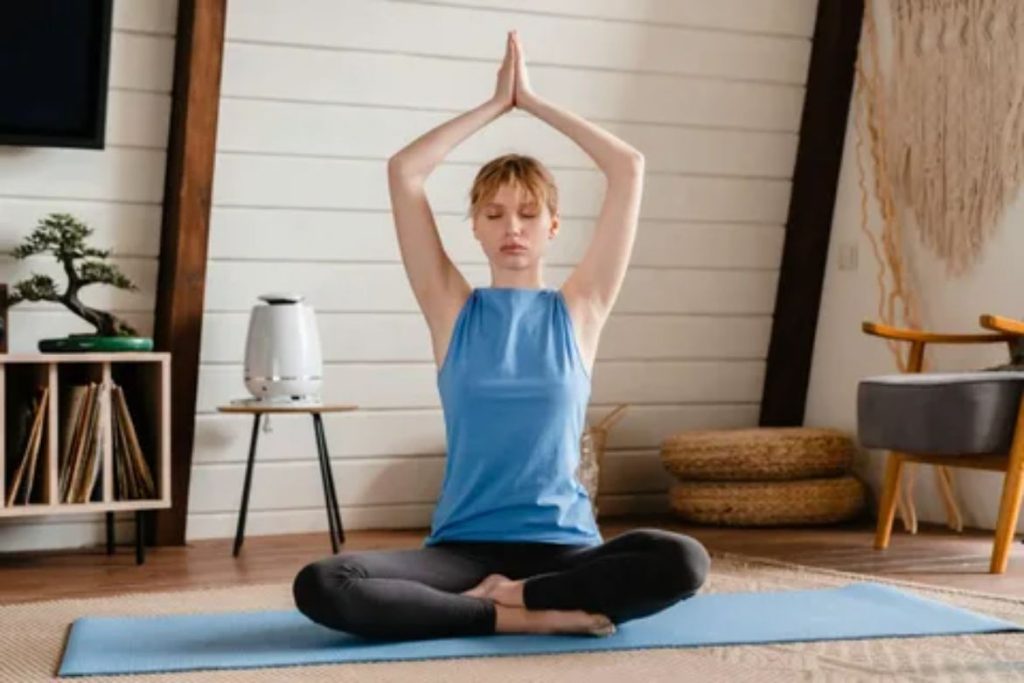
If you like carpet for yoga, you can make it work.
Here are some easy tips:
- Place a yoga mat over the carpet. This enhances balance, cleanliness, and support.
- Use low-pile carpet.
- Avoid dense plush carpets, which increase movements’ difficulty.
- Use yoga socks with traction.
- This avoids slipping and provides additional stability.
- Clean the carpet.
- Vacuum daily and apply a carpet cleaner for deep cleaning.
- Put a towel or sheet on the carpet.
- This traps sweat and maintains the surface fresh.
- Begin with slow styles.
- Hatha, Yin, or Restorative yoga are well-suited for carpet practice.
- Avoid fast-speed flows.
- Rapid transitions and vinyasa are more effective on firmer terrain.
- Make use of props.
- Blocks, straps, or cushions provide support and lessen pressure.
- Be mindful of alignment.
- Don’t allow softness to alter your position. Modify as necessary.
Conclusion:
In a nutshell,
Can you do yoga on a carpet? Yes, you can, but with care. The carpet is soft and comfortable. It reduces pressure on joints and removes the necessity for a mat.
But it also presents challenges such as balance problems, joint stress, hygiene issues, and more difficult transitions. For serious practice, these negative aspects count.
Brand Mats gives the easy solution: just place a yoga mat on your carpet. As a result, you have the comfort of carpet and the grip of a mat. Yoga is all about comfort, focus, and care. With the right setup, your carpet can become a perfect place where you can practice every day.

